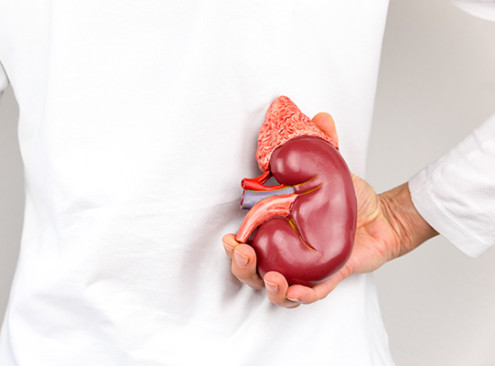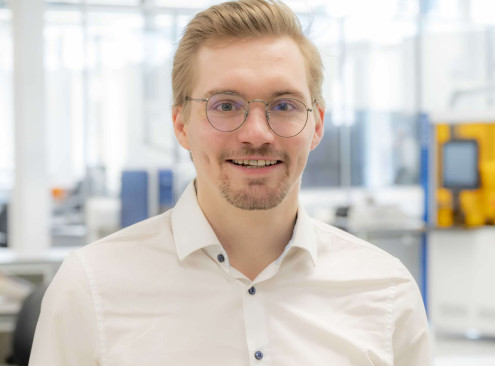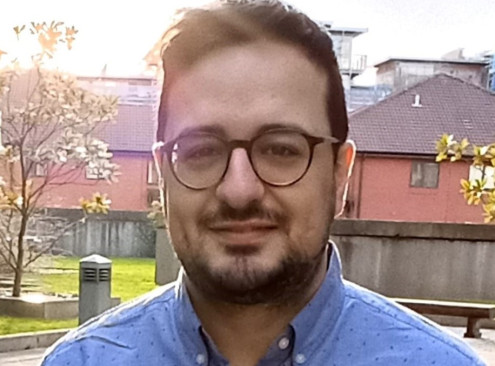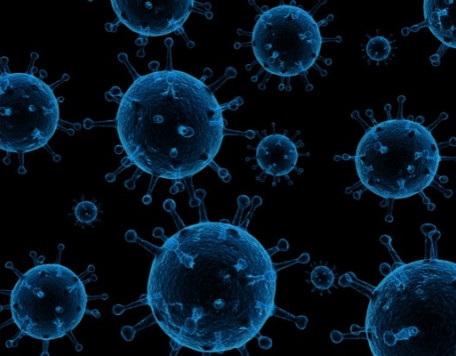© Pint of Science, 2025. All rights reserved.
The future of medicine is being built; literally. From 3D-printed mini-livers to self-assembling peptides that work like LEGO. What if we could grow new organs or design materials that help the body heal itself? Tonight we explore these cutting-edge innovations that are bringing sci-fi visions closer to reality.
Prints charming: how 3D printing could be Medicine's fairy godmother
Alice Graham
(PhD Student at the University of Nottingham)
3D printing creates objects with resin layers, revealing shapes designed by software. It’s key in industries like construction, education, and aerospace. A surprising use is producing living tissue. 3D bioprinting incorporates living cells to recreate natural structures. In 1999, a 3D-printed artificial bladder was developed and implanted, marking the first printed organ. Since then, it has become vital in medicine and pharmaceuticals. This talk explores the history and future of 3D-printed limbs, organs, and food.

Growing Organs: How Mini-Livers and 3D Printing Are Shaping the Future
Dr Nathan Carpentier
(Research Fellow at the University of Nottingham)
My name is Nathan Carpentier, and I will introduce you to the `mini-livers` used to treat liver injury. To create healthy mini-livers they need an environment that resembles the human liver to the greatest extent possible to grow and in my research, I use hydrogels for this, a truly fascinating material. If we want to create whole organs, we need to guide these mini-livers towards surviving in bigger structures which I try to do using a 3D printer. Excited to know more about how we could print new organs in the future? Join me tonight, I will tell you everything about it!

Talking with Biology: a Bioengineer's Perspective
Dr Cosimo Ligorio
(Research Fellow at the University of Nottingham)
The talk will explore the fascinating world of bioinspired, self-assembling peptides. These materials, resembling molecular LEGO bricks, are precisely engineered to interact and 'bio-cooperate' with cells and biomolecules present in the human body, enabling controlled cell fate and enhanced regeneration. Key applications of these advanced materials include the fabrication of regenerative implants and tissue-relevant 3D in vitro models. In this talk, I will provide specific examples of peptides interacting with ions, proteins, cells, and complex bodily fluids, such as blood and bone marrow.

Map data © OpenStreetMap contributors.
Other Canal House events
2025-05-20
Sex, Blood and Sausage Rolls
Canal House
48-52 Canal St, Nottingham, NG1 7EH, United Kingdom
2025-05-19
Cell-ebrity Status: Cells' Star Quality
Canal House
48-52 Canal St, Nottingham, NG1 7EH, United Kingdom



